Sumac /Rhus coriaria L./ is the fruit of a small shrub that grows in the Mediterranean. Basically, it may be found in Sicily and Southern Italy, and some parts of the Middle East, particularly Iran. The fruits are small and rounded, black-brown in color and diameter of about 5 mm. Usually dried and ground to powder purple color. They are prepared into a spice that is very common in Arab cuisine.
Sumac is a representative of the Shmak /Rhus/ kind of deciduous trees or shrubs, which comprises about 250 species, which are mainly distributed in areas with temperate and warm climates. Sumac was popular in ancient Rome.
In the ancient Jewish language, sumac means to be red, the German name translates as painted wood, and Dutch sumac’s name zuurkruid translates as sour spice. Sumac has astringent sour taste due to it contains two main ingredients - organic acids and tannins.
Tannins are in almost the whole plant, but the highest concentration is in the roots and bark. It is these parts of sumac that were used to dye the skin in antiquity. Even today it is used to paint, but is not permanent. In North America, a variety of sumac grows, which, however, is poisonous and can cause serious skin reactions from a touch.
Composition of sumac
Sumac contains two main ingredients. These are tannins and organic acids. It is they who give the typical astringent taste. Tannins are most highly concentrated in the bark and roots of the plant.

Selection and storage of sumac
This is a popular spice in Arab countries. You can find it in Arab stores. The price is about 2 Euro for 100 g sumac. Store in cool, dry area away from sunlight. Should be placed in a bag or tightly closed jar.
Sumac in cooking
Arabs worship the taste of sumac and there is almost no dish in which they do not use it. In Mediterranean and especially in the Lebanese cuisine, it is the main ingredient to achieve the sour taste of food. It sprinkles kebabs before grilling or is mixed with yogurt - for garnishing kebabs again.
Iran and Turkey flavor rice with sumac and mix it with fresh chopped onions and serve it as an appetizer. In Jordan sumac is part of a popular mixture of spices that includes thyme, oregano, marjoram, sumac, sesame seeds, salt and possibly some pepper. Such mixtures are used in Israel and Syria. Zahtar mixture is mainly used for fried meat or meat for a barbecue. Meat with it is nice, as is sprinkling it on a slice of bread with olive oil.
In the Mediterranean sumac is served with other spices to flavor food daily. When cooking add sumac to give a pleasant fruity sour tinge and a slight cherry shade to domestic birds, fish, sauces, salads, stew meat, potatoes, white or Chinese cabbage. Sumac is very tasty sprinkled on hummus. However, care must be taken with the amount because the spice is with very intense flavor.
Sumac is very popular in Turkey and Iran, where it enters into the composition of mixtures of dunner kebab. In Syria, Egypt and Lebanon sumac fruits boiled in water to produce a thick and sour flavor that is added to the meat and vegetables. Used as in other areas using vinegar and lemon juice.
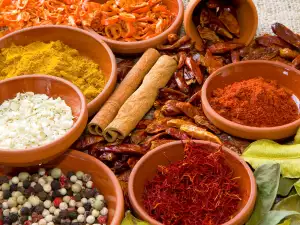
For Arabs, tomato salad is completely impossible without seasoning with sumac. Typical of this are choban salad / tomatoes, onions and green peppers/ and fattoush salad /lettuce, tomatoes, green peppers, olives, cucumber, radish and fried croutons/. Of course, both are seasoned with sumac.
North America finds two varieties of sumac - coral is lightest, used a drink called sumac-ade, or Indian lemonade. Prepare the fruit by soaking in cold water and crush them. To extract essence, the liquid is filtered through a cotton cloth, and the resulting juice is sweetened. Local people use the fruit and leaves in combination with tobacco for smoking.
Benefits of sumac
In the past patricians /fans of gourmet experiences/ appreciated sumac not only because of the incredible taste, but also because of its diuretic properties. Good sumac has beneficial effects on digestion and the Middle East has it in an acidic beverage that soothes stomach pains. In some places, it is used to reduce high temperatures.

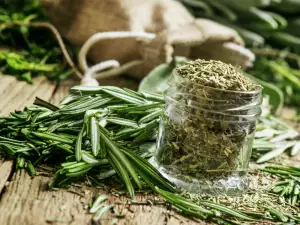
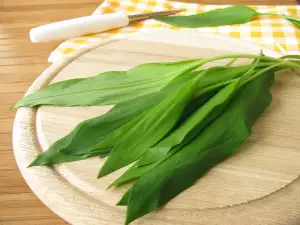
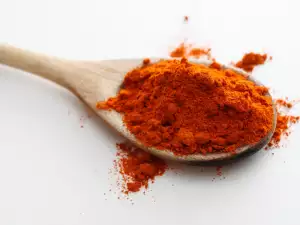
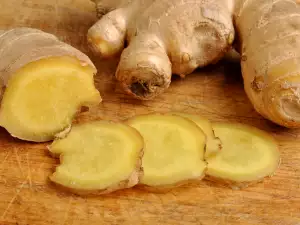
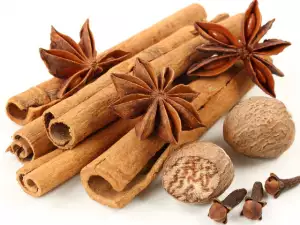
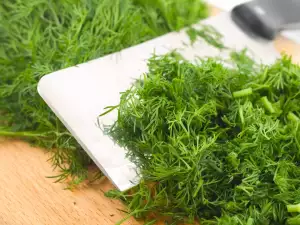
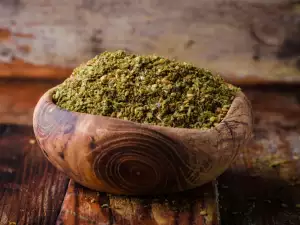


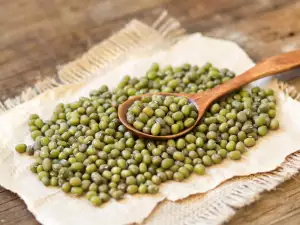
Comments